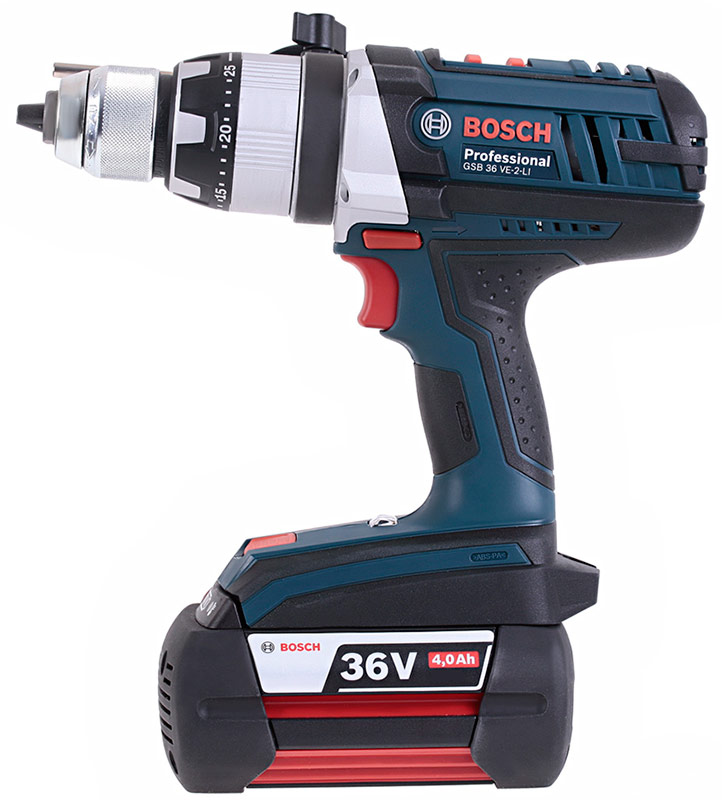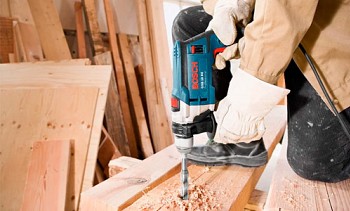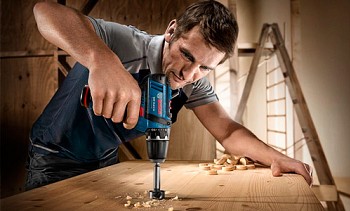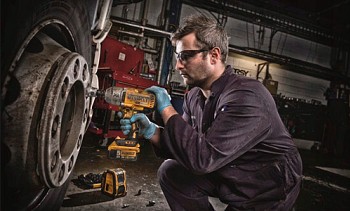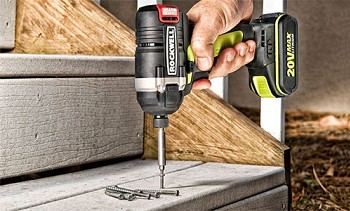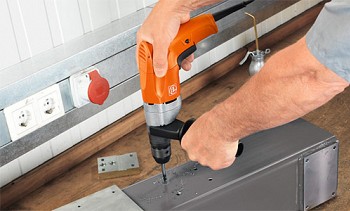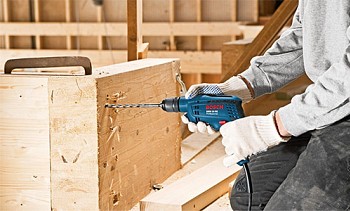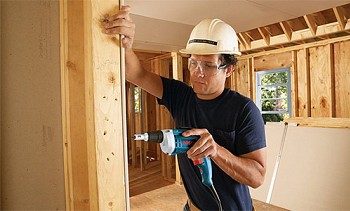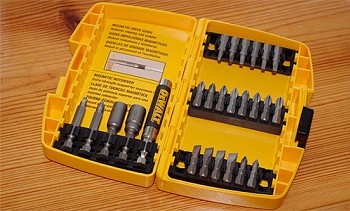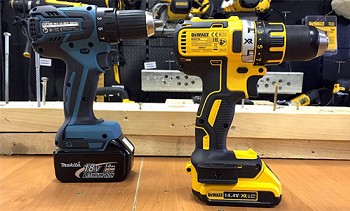Which batteries are better to use for a screwdriver - an overview and comparison of all types
To find out which batteries are best for a screwdriver, consider their types and characteristics, as well as compare with each other. This will help you choose the right type of battery that can deliver the right power and provide the tool with energy for a long time.
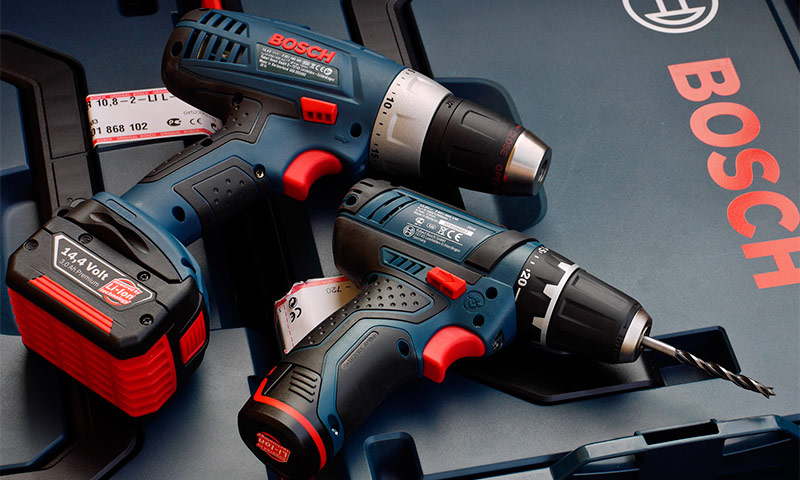
Content:
What batteries can be used for screwdrivers
Manufacturers of power tools always indicate in the characteristics of the screwdrivers which batteries are recommended for working with them. The type of battery is prescribed in several English letters. To know with which battery to choose a screwdriver, you need to understand the decoding of the abbreviation and know the advantages and disadvantages of each type of battery.
Nickel Cadmium (NiCd)
This type of battery appeared in the middle of the twentieth century. Nickel oxide hydrate, supplemented with graphite powder, acts as a cathode in it. To create the movement of ions from the cathode, an electrolyte is used - potassium hydroxide. The last key element is the anode, which is made of cadmium oxide hydrate. The second embodiment is metallic cadmium, used in powder form.
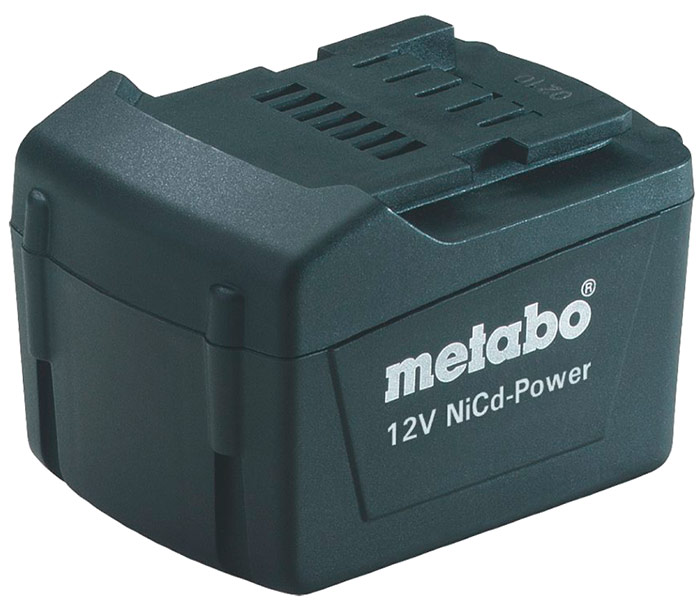
Nickel Metal Hydride (NiMh)
This type is most commonly used in finger batteries. They began to be developed in the late 1970s. The main substances for the accumulation of charge and its recoil are nickel-lanthanum, which serves as the anode, and nickel oxide, which is the counterpart - the cathode. The transfer of ions provides potassium hydroxide.
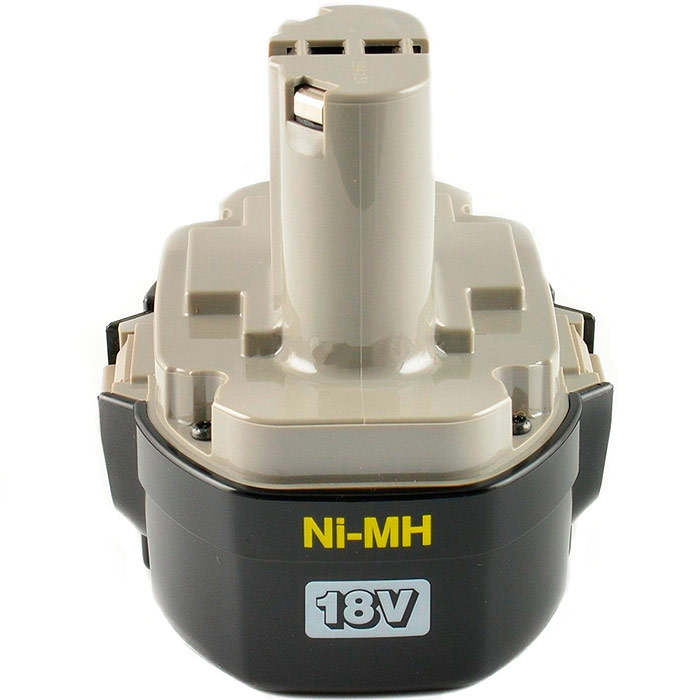
Lithium-ion (Li-Ion)
One of the new generations of batteries, which first appeared in 1991. They were actively used by Japanese radio-engineering companies, and subsequently they managed to increase their power and use them with power tools.
This type is used in mobile phones, laptops and electric cars. The cathode and anode are made of aluminum and copper foil, between which a separator with perforation is installed. A valve may be present to release internal pressure.
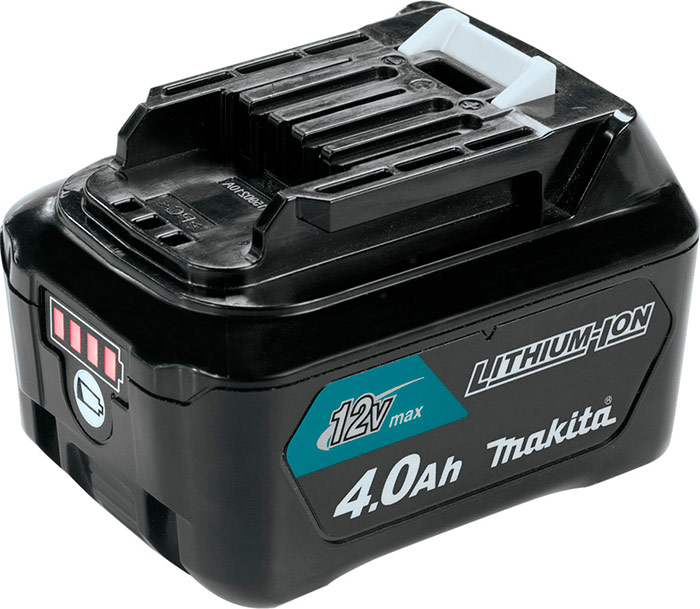
Comparison of batteries used for screwdrivers
Having briefly examined the types of batteries, let's compare them among themselves in ten parameters, which will help to figure out which batteries are best for screwdrivers. We’ll immediately warn you that there is no absolute leader in all categories, and you need to pay attention to those advantages that are useful for a specific activity and scope of use.
The number of charge and discharge cycles
All batteries have one drawback - sooner or later, the energy in them ends and the device must be put on charge. Depending on the type of battery, there is an average statistical limit on the number of charge cycles, after which the battery will no longer be able to accumulate current and will have to be replaced.
For screwdrivers with NiCd batteries, this figure is 1000 cycles, and the tool often continues to work after reaching the specified number. This makes him a leader in comparison in this characteristic.
A common type of Li-Ion in screwdrivers is able to charge and discharge more than 600 times. The advanced technology of the last century NiMh is significantly inferior to the previous ones and the battery will withstand only 300-500 cycles.
Ability to charge quickly
If there is volume work ahead, then one battery may not be enough, so the wizards use two batteries each: while one operates in a screwdriver, the second is charged. The performance of work depends on how quickly this happens.
Nickel-cadmium and nickel-metal hydride batteries charge for 4-8 hours, depending on capacity. The latter, although they quickly accumulate energy, but need constant recharging during storage.
The leaders in this category are lithium-ion batteries, which are able to fully charge for 30 minutes to 2 hours, depending on capacity. Due to this, the battery installed on the screwdriver will not have time to discharge, and the second one, located at the charging station, will already be ready for use.
Cost
For the price, the cheapest batteries for a screwdriver are NiCd. The second place is occupied by NiMh. Replacing a used battery will not be unprofitable for the wizard.
More expensive are Li-Ion batteries, which sometimes cost up to 50% of the price of the screwdriver itself.
Full power tool response
When you need to drill a hole in a dense material or tighten a self-tapping screw of thick section and long length, you have to use the tool at full power. In this case, active charge consumption begins, and the ability to qualitatively complete the process without a drawdown in speed depends on the reaction of the battery to this phenomenon.
In view of this, modern Li-Ion batteries significantly lose to their earlier counterparts. The most powerful in this regard are NiCd and NiMh. When the maximum return of energy is required, then they are chosen.
The effect of memorizing the charge level
This phenomenon is called the "memory effect." If the battery on the instrument was not completely discharged and then put on charging, then the remaining charge level begins to be perceived by the battery as zero. Charged to the full stage, it will function until the energy supply reaches a new mark, and after that it will inform that it is discharged, although the capacity will not be completely empty.
In view of this phenomenon, the master has to make sure that the battery is completely discharged, and only then put it on charge. This is not always convenient if there is still a charge at the end of the day, and a lot of work remains to be done tomorrow. All kinds of nickel batteries have a memory effect. But lithium-ion models can be charged at any time - they will always spend the stored energy to the end, without spontaneous reduction in capacity.
Self discharge
It happens that the tool was not used for some time and it was unexpectedly needed. At such a moment, it may turn out that the battery is self-discharged, and in order to perform the operation, you must first put it in the charger and wait a few hours. This is inconvenient for periodic use.
Unfortunately, nickel-cadmium batteries, as well as nickel-metal hydride batteries, are distinguished by this “disease”. The former self-discharge rate reaches 10% per month, while the latter 7-10%. In this regard, lithium-ion is much better - if left unattended they will lose only 3-5% after four weeks.
Dimensions
Screwdriver batteries are fixed to the tool handle. The size of the battery depends on the weight of the screwdriver and the convenience of its retention. This is especially important during prolonged manipulations and work on the head (fixing beams on the ceiling, sheets of drywall, fixing panels in hard to reach places). The heaviest and largest are NiMh and NiCd.
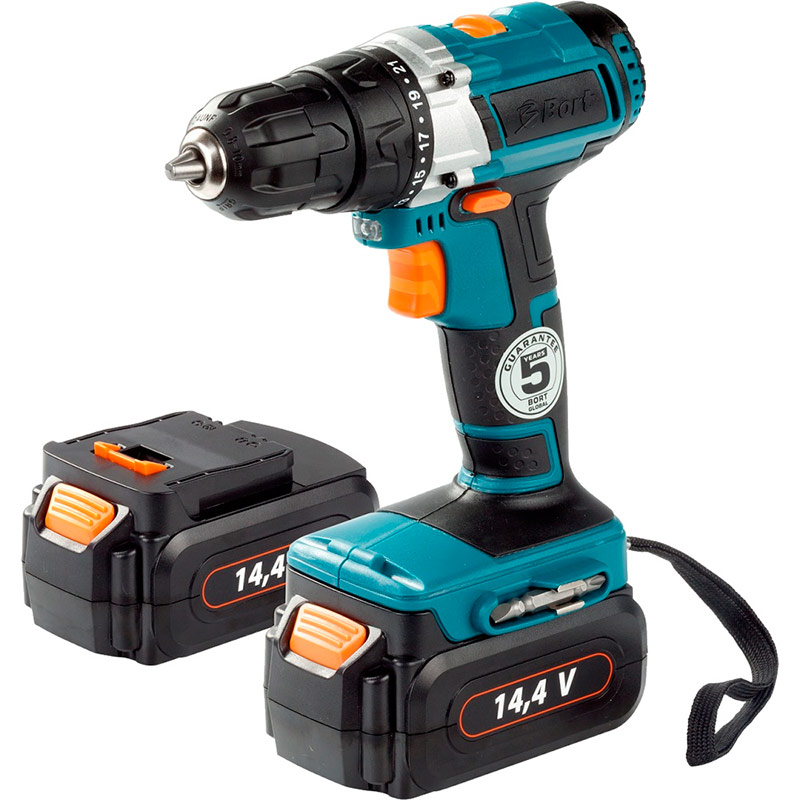
More compact release Li-Ion. Often they are made as a clip, occupying only the space in the handle of a screwdriver, without an expanded outer part.
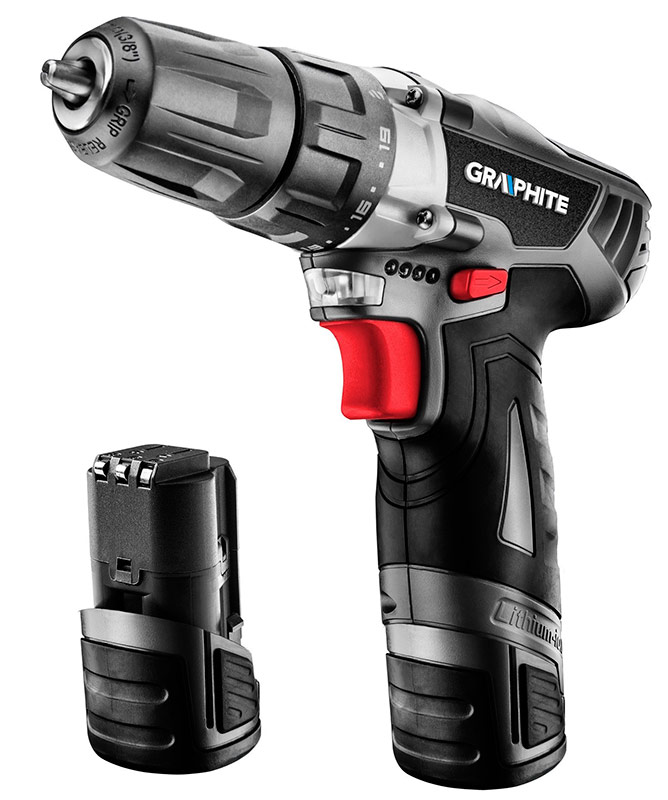
Work in the cold
Although screwdrivers are more used for repairs in the room and furniture production, but sometimes materials have to be fixed on the street or in unheated buildings, where there is freezing temperature. Li-ion batteries do not tolerate low temperatures.
In the cold, such a battery can simply fail or run out three times faster than usual. The leaders in this category are nickel power supplies. They hold the charge perfectly and provide the functionality of a screwdriver even at -20 degrees below zero.
Full time
This is an important aspect that affects battery life, which can be significantly reduced from improper use. All modern lithium batteries cannot be fully discharged. The optimal storage condition is 40% charge. If you generate all the energy to 0, then this can completely disable the drive.
Therefore, these elements must be recharged even if the instrument still works well. Both types of nickel batteries carry the full discharge well, and they can be used until the screwdriver stops rotating.
Estimated Life
The time that the battery will last on a screwdriver depends on the frequency of use and the correct use. To some extent, the indicator of the number of charge cycles indicates the duration of the "life" of the battery. Based on this, you might think that lithium-ion batteries have the shortest life.
In fact, these batteries do not have a number of drawbacks inherent in other types, due to which, in most cases, these batteries serve a longer period.
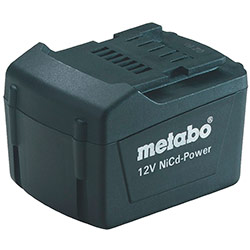 | 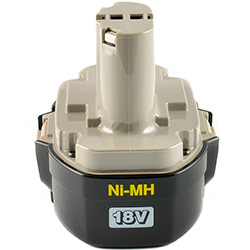 | 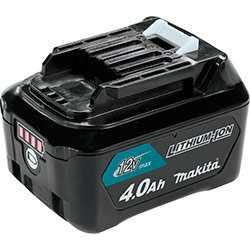 | |||||||
|---|---|---|---|---|---|---|---|---|---|
| Nicd | Nimh | Li-ion | |||||||
| The number of charge and discharge cycles | 1000 | 300-500 | 600 | ||||||
| Ability to charge quickly | 4-8 hours | 4-8 hours | 30 minutes - 2 hours | ||||||
| Cost | cheap | cheap | cost up to 50% of the tool itself | ||||||
| Full power tool response | good performance | good performance | low rates | ||||||
| The effect of memorizing the charge level | there is | there is | not | ||||||
| Self discharge | 10% per month | 7-10% per month | 3-5% per month | ||||||
| Dimensions | large | large | smaller | ||||||
| Work in the cold | can work | can work | do not tolerate low temperatures | ||||||
| Full time | tolerate well | tolerate well | must be charged in advance | ||||||
What characteristics are important when choosing a battery for a screwdriver
Given the advantages and disadvantages of various types of batteries, you can choose the one suitable for specific operating conditions. Now, let's look at two key characteristics that all types of batteries have, affecting the choice of a screwdriver.
What does battery capacity mean?
The battery capacity is prescribed in numbers from 1.0 to 7.0 and is measured in amperes times the clock (Ah). The value is decrypted as follows: the drive can issue the specified number of amperes within an hour. But since no screwdriver consumes 1-5 A per hour, the time of its use is stretched from 2 to 8 hours. The higher the capacity, the longer the tool can remain in operation.
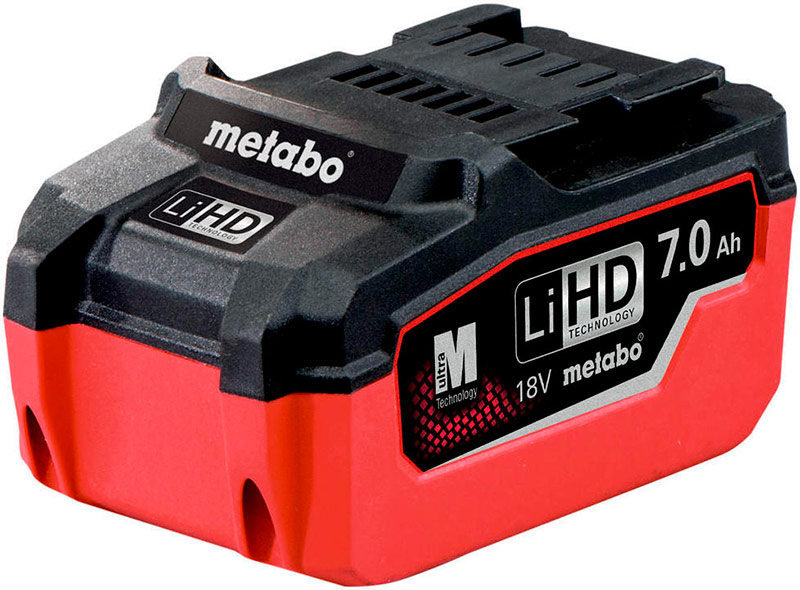
What does the battery voltage mean?
For cordless models, the power and speed of rotation of a screwdriver depend on the battery voltage, which must correspond to the parameters of the tool:
- For screwdrivers, the maximum indicator is 36 V. These are the most powerful devices for working with metal and hardwood.
- 12-18 V - the average value, suitable for most processes in the repair and installation.
- 3-10 V - refer to low power, and are used only for the assembly of soft materials or small diameter fasteners.
Installing a larger battery on a weak model will more quickly damage the latter. A 12 V battery on a device rated at 18 V will, on the contrary, limit the power of the tool, so the drive voltage indicator should exactly match the value on the screwdriver.
Keep in mind that if you take two batteries with the same capacity, the one with the higher voltage will provide a longer tool life.

Battery selection based on application
So, having examined all the key factors thoroughly, we will discuss with which battery to choose a screwdriver for home and professional activities. This will help not to overpay and have a reliable tool at hand.
For home use
To quickly disassemble household appliances, a unit in the car or fasten a couple of sheets of drywall at home, a sufficiently small capacity of 1.5-2.0 Ah * and a voltage of 12 V. By the type of battery, Li-Ion is suitable for household use, which holds a charge better and always ready to work? even after prolonged storage. It is optimal to have two batteries and install them in turn on a screwdriver, which will increase the battery life.

For daily use in production or repair work
In the case of professional everyday use, you need a powerful 18-36 V battery with a capacity of 4.0-5.0 A * h. For work with solid materials or frequent activity in cold conditions, the NiCd type is chosen. But if the work is always done warmly and the tool is needed to screw fasteners into medium-density materials, then Li-Ion is also suitable.
